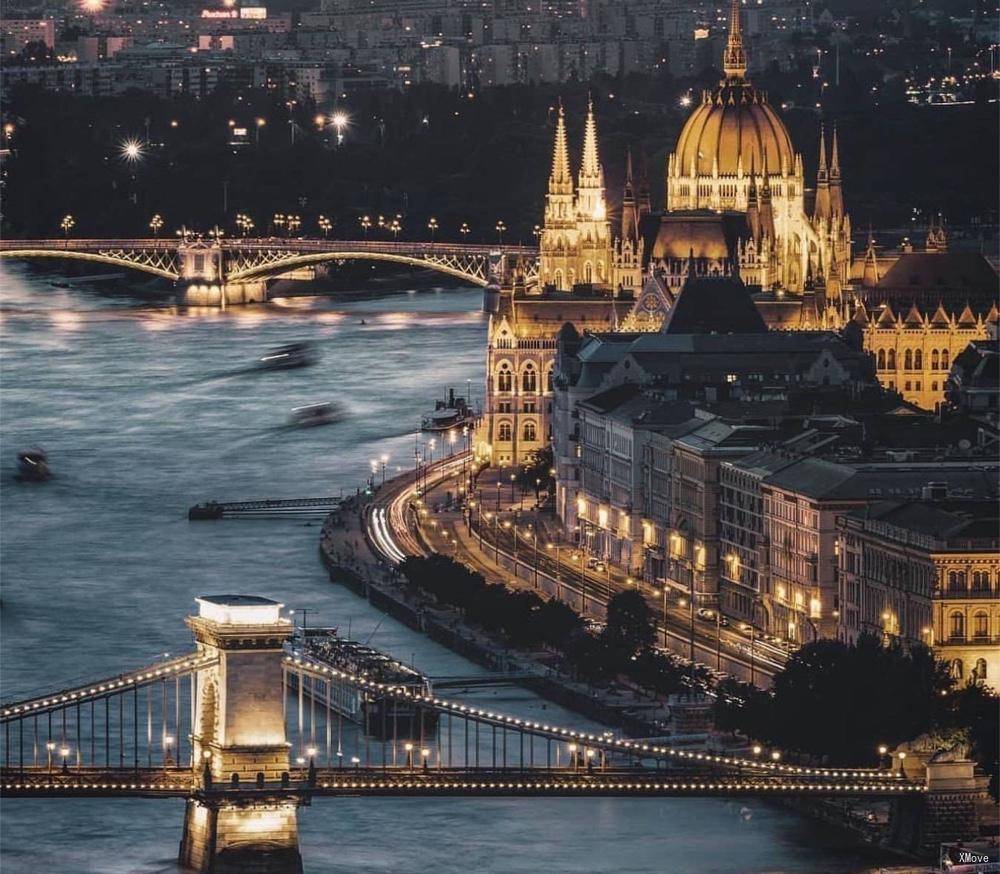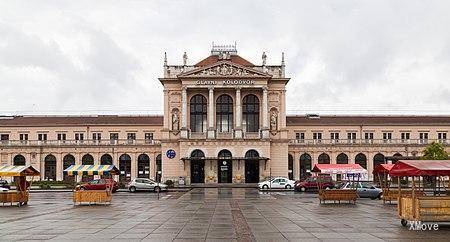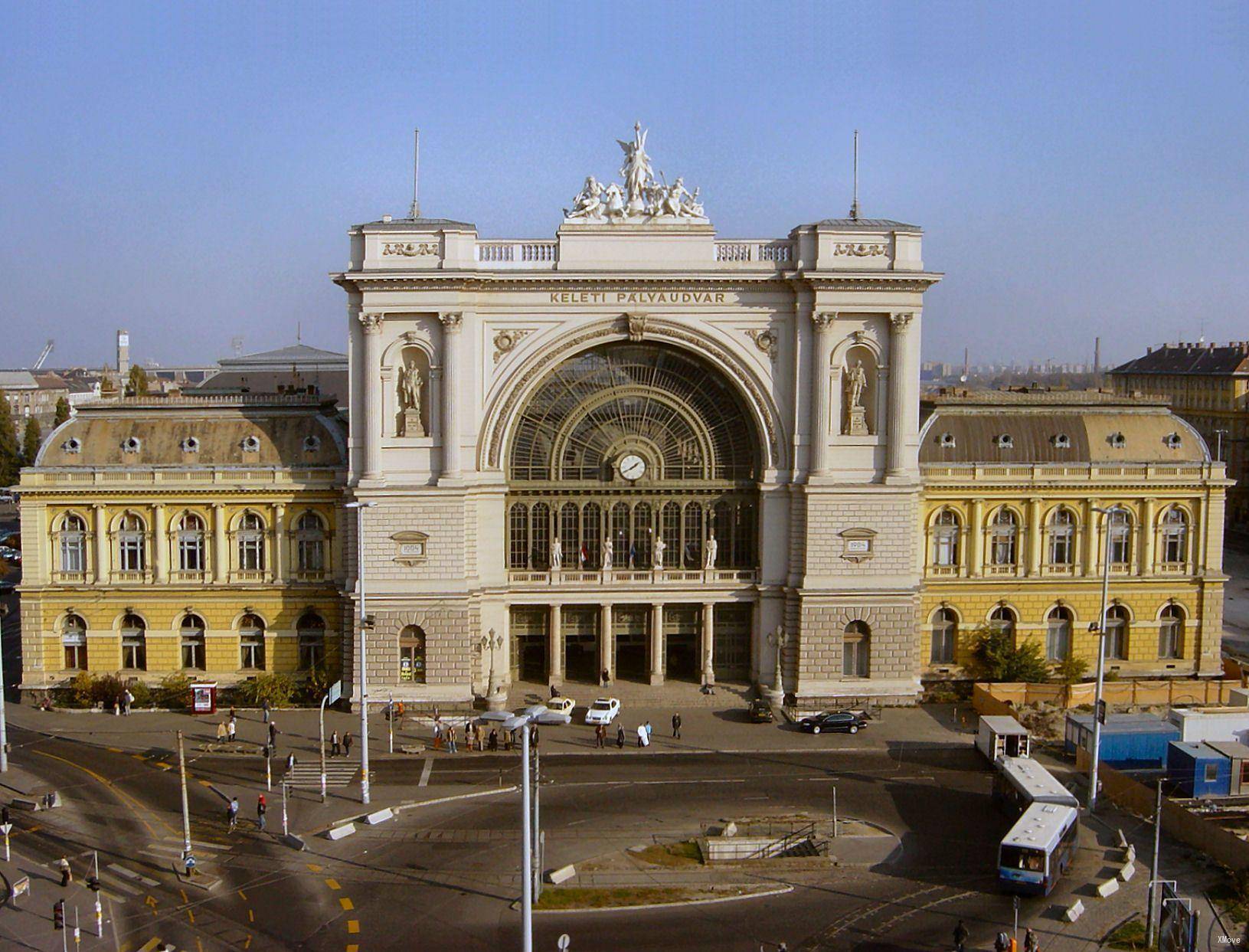Zagreb to Budapest: Trains, Buses, Fares, Today's Connections, Routes, Duration, Types of Trains, Station Guides, Tips, Journey
Croatia Train Tickets
Train schedule Zagreb to Budapest
Popular train routes departing from Zagreb
* Paris
* Eichstaett Bahnhof(Eichstätt Bahnhof)
* Detmold
* Innsbruck Central(Innsbruck Hbf)
* Villach Central(Villach Hbf)
* Split
* Budapest
Popular train routes arriving in Zagreb
* केंद्रीय वारसॉ(Warszawa Centralna)
* मेहरहोफेन इन द ज़िलर्टल(Mayrhofen Im Zillertal)
* लक्समबर्ग(Luxembourg)
* Bamberg
* Sondershausen
* Burghausen
* पैडरबोर्न एचबीएफ(Paderborn Hbf)
* जदर(Zadar)
* Pörtschach Am Wörther Hbf (मुख्य) देखें(Pörtschach Am Wörther See Hbf (Main))
* स्टटगार्ट केंद्रीय स्टेशन(Stuttgart Hbf)
* वियना सेंट्रल स्टेशन(Wien Hbf)
* Sigmaringen
* स्ट्रासबर्ग(Strasbourg)
* गोइंगेन(Göppingen)
* ऑग्सबर्ग सेंट्रल स्टेशन(Augsburg Hbf)
* Garmisch Partenkirchen
* कील केंद्रीय स्टेशन(Kiel Hbf)
* सैन कैंडिडो / इनिचेन स्टेट।(San Candido/Innichen Staz./Bahnhof (Piazza/Vorpl.))
* लुडविगशाफेन (आरएच) केंद्रीय स्टेशन(Ludwigshafen(Rh)Hbf)
* होहेंनमे(Hohenems)
* झुपंजा(Zupanja)
Popular train routes departing from Budapest
* Warszawa Central Station(Warszawa Centralna)
* Prague Central(Praha Hlavní Nádraží (Prag Hl. N.))
* Parndorf Bhf Central(Parndorf Bhf (Main))
* Salzburg Central(Salzburg Hbf)
* Split
* Frankfurt(M) Airport(Frankfurt(M)Flughafen)
* Vienna Erdberg(Vienna Erdberg)
Popular train routes arriving in Budapest
* Zupanja
* Wismar
* Rosenheim
* Rome(Roma)
* K Oe Ln(Köln)
* Nijmegen
* Zagreb Glavni Kolodvor(Zagreb Glavni Kolod.)

Zagreb (; Croatian pronunciation: [zǎːɡreb] ) is the capital and the largest city of Croatia. It is located in the northwest of the country, along the Sava river, at the southern slopes of the Medvednica mountain. Zagreb lies at an elevation of approximately 122 m (400 ft) above sea level. The estimated population of the city in 2018 was 820,678. The population of the Zagreb urban agglomeration is about 1.1 million, approximately a quarter of the total population of Croatia. Zagreb is a city with a rich history dating from the Roman times to the present day. The oldest settlement located in the vicinity of the city was the Roman Andautonia, in today's Ščitarjevo. The name "Zagreb" is recorded in 1134, in reference to the foundation of the settlement at Kaptol in 1094. Zagreb became a free royal town in 1242. In 1851 Zagreb had its first mayor, Janko Kamauf. Zagreb has special status as a Croatian administrative division and is a consolidated city-county (but separated from Zagreb County), and is administratively subdivided into 17 city districts. Most of them are at a low elevation along the river Sava valley, whereas northern and northeastern city districts, such as Podsljeme and Sesvete districts are situated in the foothills of the Medvednica mountain, making the city's geographical image rather diverse. The city extends over 30 kilometres (19 miles) east-west and around 20 kilometres (12 miles) north-south.The transport connections, concentration of industry, scientific, and research institutions and industrial tradition underlie its leading economic position in Croatia. Zagreb is the seat of the central government, administrative bodies, and almost all government ministries. Almost all of the largest Croatian companies, media, and scientific institutions have their headquarters in the city. Zagreb is the most important transport hub in Croatia where Central Europe, the Mediterranean and Southeast Europe meet, making the Zagreb area the centre of the road, rail and air networks of Croatia. It is a city known for its diverse economy, high quality of living, museums, sporting, and entertainment events. Its main branches of economy are high-tech industries and the service sector.
Zagreb - Guide, Attractions, Tours, Sightseeings | Train from/to Zagreb | Popular RoutesBudapest (, Hungarian pronunciation: [ˈbudɒpɛʃt]) is the capital and the most populous city of Hungary, and the tenth-largest city in the European Union by population within city limits. The city has an estimated population of 1,752,286 over a land area of about 525 square kilometres (203 square miles). Budapest is both a city and county, and forms the centre of the Budapest metropolitan area, which has an area of 7,626 square kilometres (2,944 square miles) and a population of 3,303,786, comprising 33% of the population of Hungary.The history of Budapest began when an early Celtic settlement transformed into the Roman town of Aquincum, the capital of Lower Pannonia. The Hungarians arrived in the territory in the late 9th century. The area was pillaged by the Mongols in 1241. Buda, the settlements on the west bank of the river, became one of the centres of Renaissance humanist culture by the 15th century. The Battle of Mohács, in 1526, was followed by nearly 150 years of Ottoman rule. After the reconquest of Buda in 1686, the region entered a new age of prosperity. Pest-Buda became a global city with the unification of Buda, Óbuda, and Pest on 17 November 1873, with the name 'Budapest' given to the new capital. Budapest also became the co-capital of the Austro-Hungarian Empire, a great power that dissolved in 1918, following World War I. The city was the focal point of the Hungarian Revolution of 1848, the Battle of Budapest in 1945, and the Hungarian Revolution of 1956.Budapest is an Alpha − global city with strengths in commerce, finance, media, art, fashion, research, technology, education, and entertainment. It is Hungary's financial centre and was ranked as the second fastest-developing urban economy in Europe. Budapest is the headquarters of the European Institute of Innovation and Technology, the European Police College and the first foreign office of the China Investment Promotion Agency. Over 40 colleges and universities are located in Budapest, including the Eötvös Loránd University, the Semmelweis University and the Budapest University of Technology and Economics. Opened in 1896, the city's subway system, the Budapest Metro, serves 1.27 million, while the Budapest Tram Network serves 1.08 million passengers daily.Among Budapest's important museums and cultural institutions is the Museum of Fine Arts. Further famous cultural institutions are the Hungarian National Museum, House of Terror, Franz Liszt Academy of Music, Hungarian State Opera House and National Széchényi Library. The central area of the city along the Danube River is classified as a UNESCO World Heritage Site and has several notable monuments, including the Hungarian Parliament, Buda Castle, Fisherman's Bastion, Gresham Palace, Széchenyi Chain Bridge, Matthias Church and the Liberty Statue. Other famous landmarks include Andrássy Avenue, St. Stephen's Basilica, Heroes' Square, the Great Market Hall, the Nyugati Railway Station built by the Eiffel Company of Paris in 1877 and the second-oldest metro line in the world, the Millennium Underground Railway. The city also has around 80 geothermal springs, the largest thermal water cave system, second largest synagogue, and third largest Parliament building in the world. Budapest attracts 4.4 million international tourists per year, making it a popular destination in Europe.
Budapest - Guide, Attractions, Tours, Sightseeings | Train from/to Budapest | Popular Routes
Croatia Train Tickets
Hot Journeys
* Swiss Alps Jungfrau Aletsch -> Lauterbrunnen
* Strasbourg -> Paris
* Lucerne(Luzern) -> Interlaken
* Brussels(Bruxelles) -> Paris
* Stuttgart -> Frankfurt Airport(Frankfurt Flughafen)
* Basel(Basel) -> Paris
* Manarola -> La Spezia(La Spezia)
* Munich(Müchen) -> Berlin(Berlin)
* Naples -> Florence
* Cologne(Köln) -> Frankfurt
* Venice(Venezia) -> Rome(Roma)
* Barcelona -> Valencia
* Budapest(Budapest) -> Vienna(Wien)
* Interlaken -> Swiss Alps Jungfrau Aletsch
* Geneva(Genève) -> Paris
* Milan -> Lucerne(Luzern)
* La Spezia(La Spezia) -> Manarola
* Paris -> Marseilles(Marseille)





